BIEDRU ORGANIZĀCIJAS
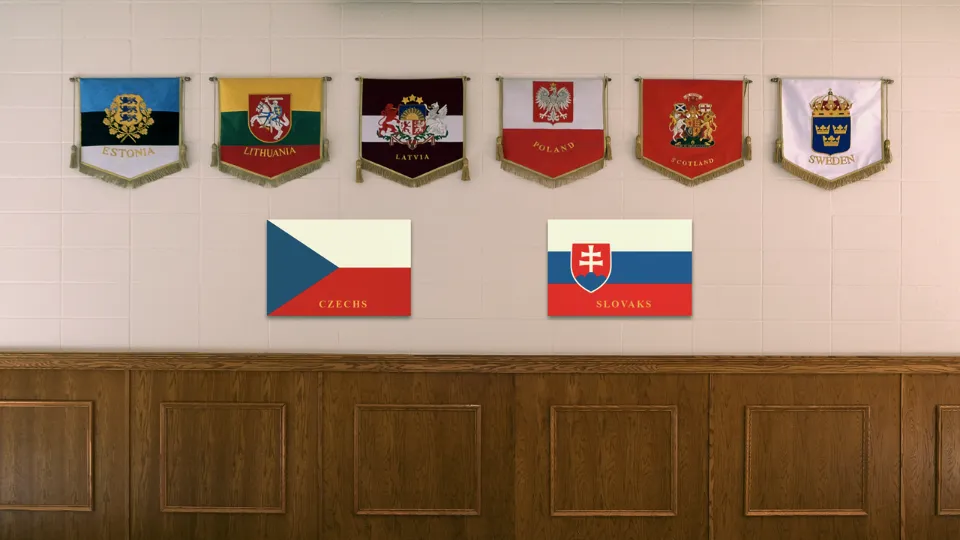
Mūsu biedru organizācijas sastāv no: igauņiem, lietuviešiem, poļiem, skotiem, zviedriem, čehiem, un slovākiem.
Mēs aicinām vairāk iepazīt katru valsti uzspiežot uz tās vairogu.
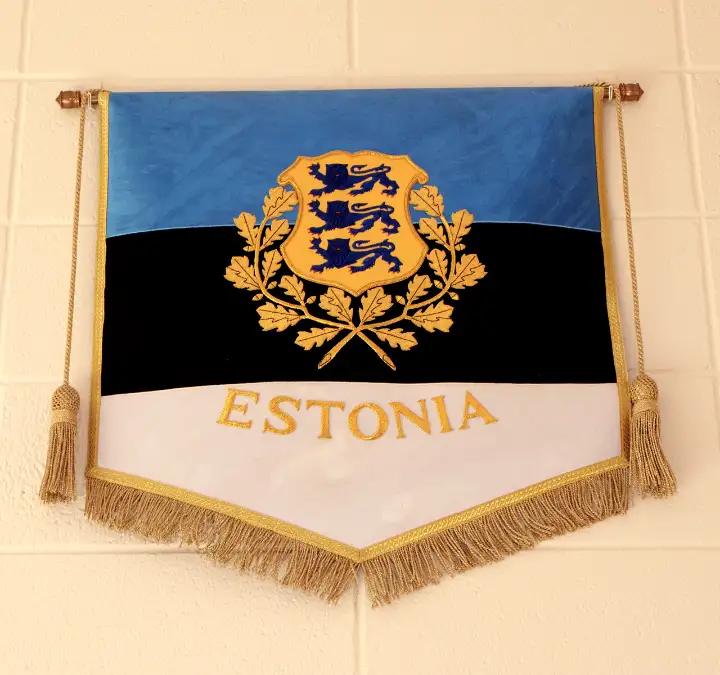
Estonia, a country in Northern Europe, borders the Baltic Sea and Gulf of Finland. Including more than 1,500 islands, its diverse terrain spans rocky beaches, old-growth forest and many lakes. Formerly part of the Soviet Union, it’s dotted with castles, churches and hilltop fortresses. The capital, Tallinn, is known for its preserved Old Town, museums and the 314m-high Tallinn TV Tower, which has an observation deck.
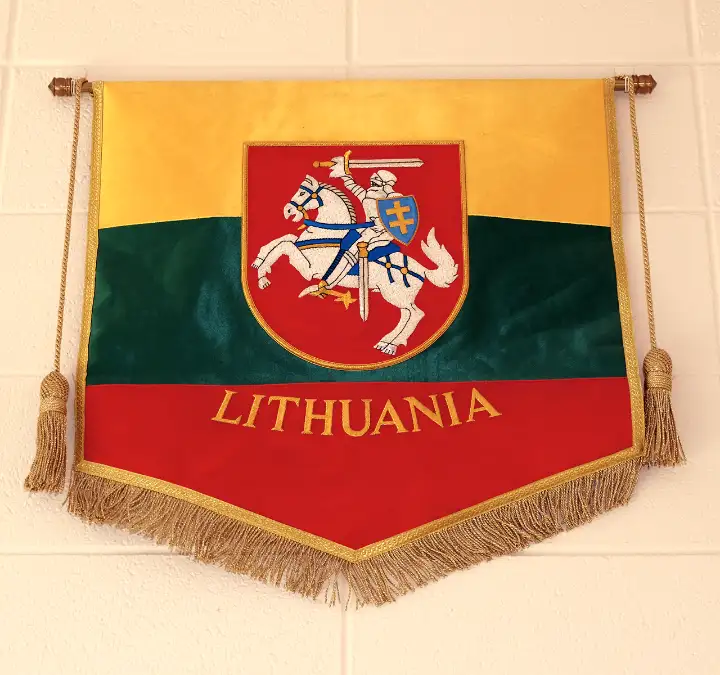
Lithuania is one of three Baltic states and lies on the eastern shore of the Baltic Sea. Lithuania shares land borders with Latvia to the north, Belarus to the east and south, Poland to the south, and Kaliningrad Oblast of Russia to the southwest. It has a maritime border with Sweden to the west on the Baltic Sea. Lithuania covers an area of 65,300 km2 (25,200 sq mi), with a population of 2.8 million. Its capital and largest city is Vilnius; other major cities are Kaunas and Klaipėda.
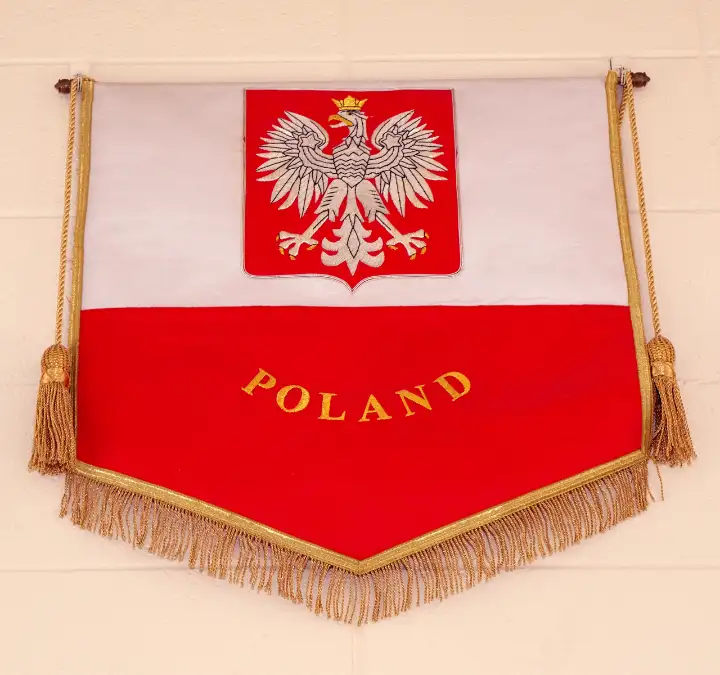
Poland is a country in Central Europe. It is divided into 16 administrative provinces called voivodeships, covering an area of 312,696 km2 (120,733 sq mi). Poland has a population of over 38 million and is the fifth-most populous member state of the European Union.[12] Warsaw is the nation’s capital and largest metropolis. Other major cities include Kraków, Łódź, Wrocław, Poznań, Gdańsk, and Szczecin.
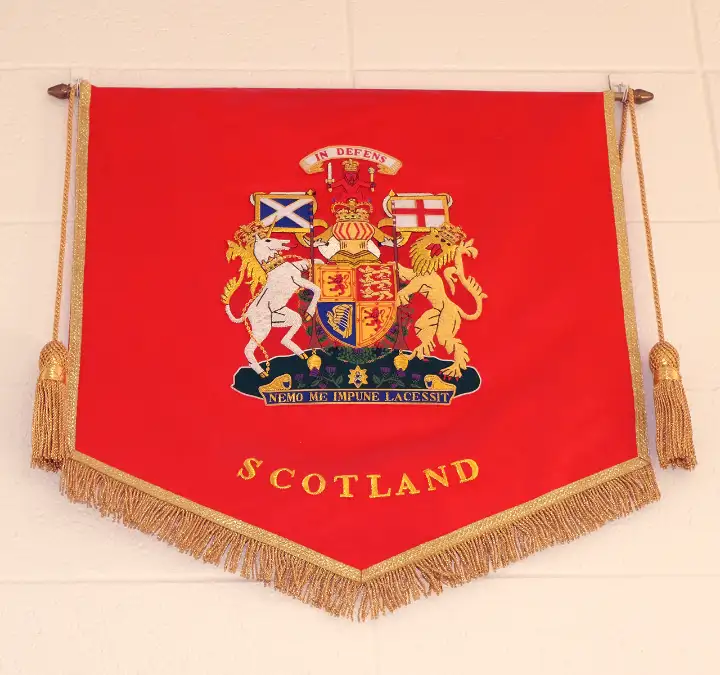
Scotland is a country that is part of the United Kingdom. Covering the northern third of the island of Great Britain, mainland Scotland has a 96-mile (154-kilometre) border with England to the southeast and is otherwise surrounded by the Atlantic Ocean to the north and west, the North Sea to the northeast and the Irish Sea to the south. The country also contains more than 790 islands, principally in the archipelagos of the Hebrides and the Northern Isles. Most of the population, including the capital Edinburgh, is concentrated in the Central Belt – the plain between the Scottish Highlands and the Southern Uplands – in the Scottish Lowlands.
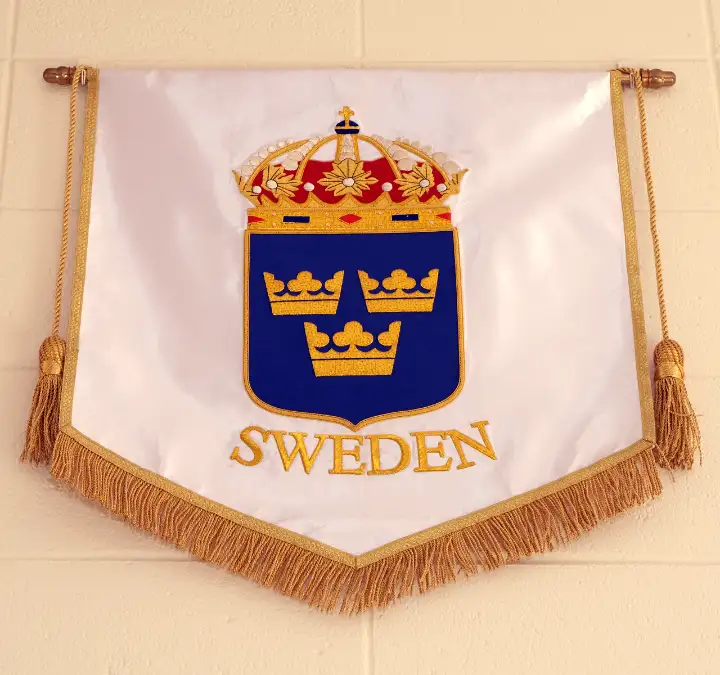
Officially the Kingdom of Sweden (Swedish: Konungariket Sverige ˈkôːnɵŋaˌriːkɛt ˈsvæ̌rjɛ), is a Nordic country in Northern Europe. It borders Norway to the west and north, Finland to the east, and is connected to Denmark in the southwest by a bridge-tunnel across the Öresund. At 450,295 square kilometres (173,860 sq mi), Sweden is the largest country in Northern Europe, the third-largest country in the European Union, and the fifth largest country in Europe. The capital and largest city is Stockholm. Sweden has a total population of 10.4 million, the largest of the Nordic countries;[11] and a low population density of 25.5 inhabitants per square kilometre (66/sq mi). 87% of Swedes live in urban areas, which cover 1.5% of the entire land area. The highest concentration is in the central and southern half of the country.
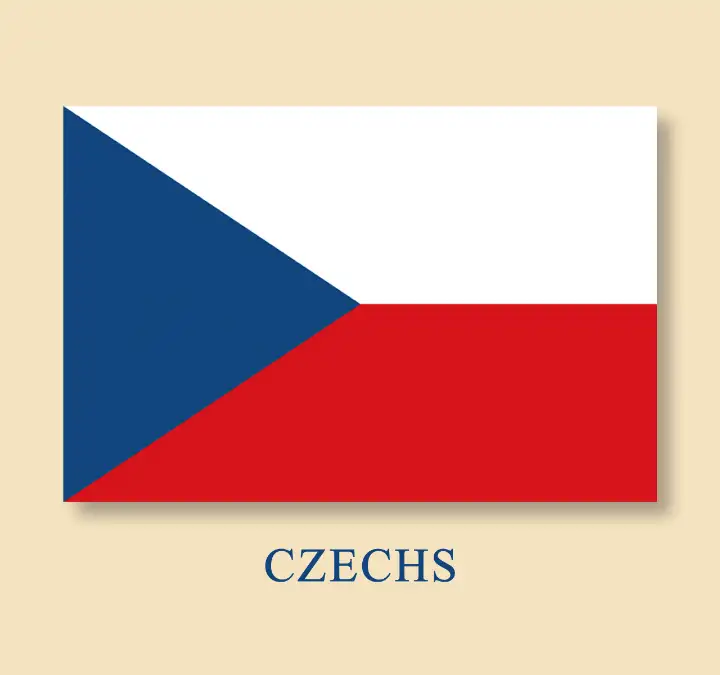
The Czech are closely related to the neighboring Slovaks (with whom they constituted Czechoslovakia 1918–1993). The Czech–Slovak languages form a dialect continuum rather than being two clearly distinct languages. Czech cultural influence in Slovak culture is noted as having been much higher than the other way around. Czech (Slavic) people have a long history of coexistence with the Germanic people. In the 17th century, German replaced Czech in central and local administration; upper classes in Bohemia and Moravia were Germanized, and espoused a political identity (Landespatriotismus), while Czech ethnic identity survived among the lower and lower-middle classes.
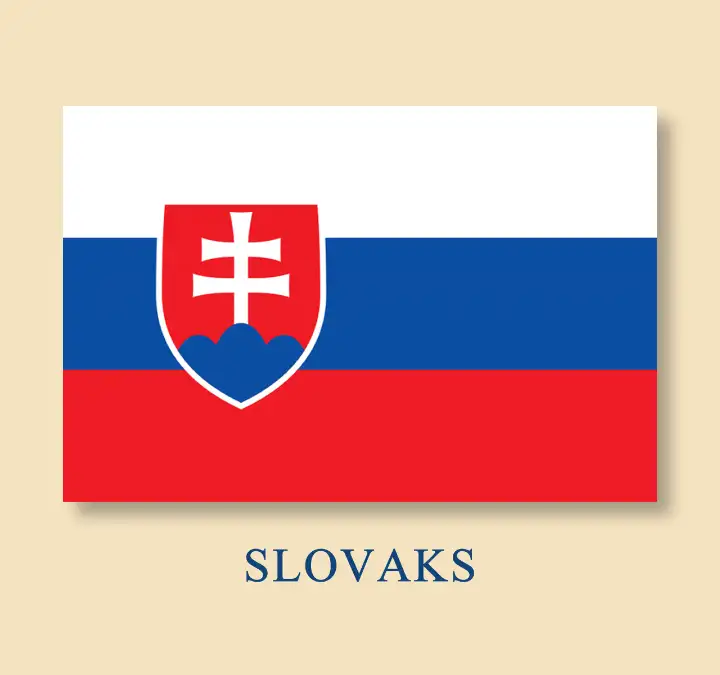
Slovakia (/sloʊˈvækiə, -ˈvɑːk-/ Slovak: Slovensko [ˈslɔʋenskɔ]), officially the Slovak Republic (Slovak: Slovenská republika ˈslɔʋenskaː ˈrepublika), is a landlocked country in Central Europe. It is bordered by Poland to the north, Ukraine to the east, Hungary to the south, Austria to the southwest, and the Czech Republic to the northwest. Slovakia’s mostly mountainous territory spans about 49,000 square kilometres (19,000 sq mi), with a population of over 5.4 million. The capital and largest city is Bratislava, while the second largest city is Košice.




